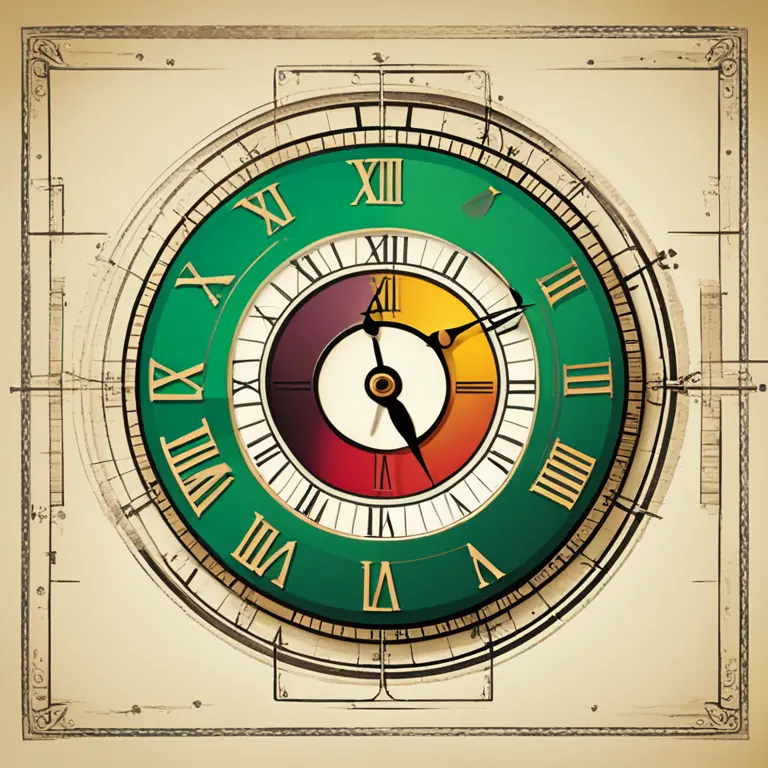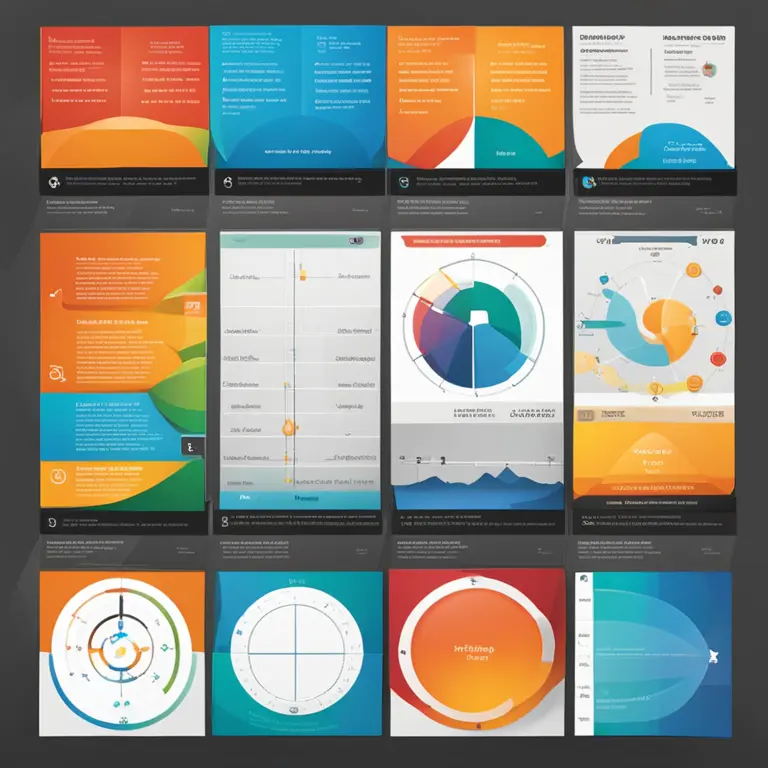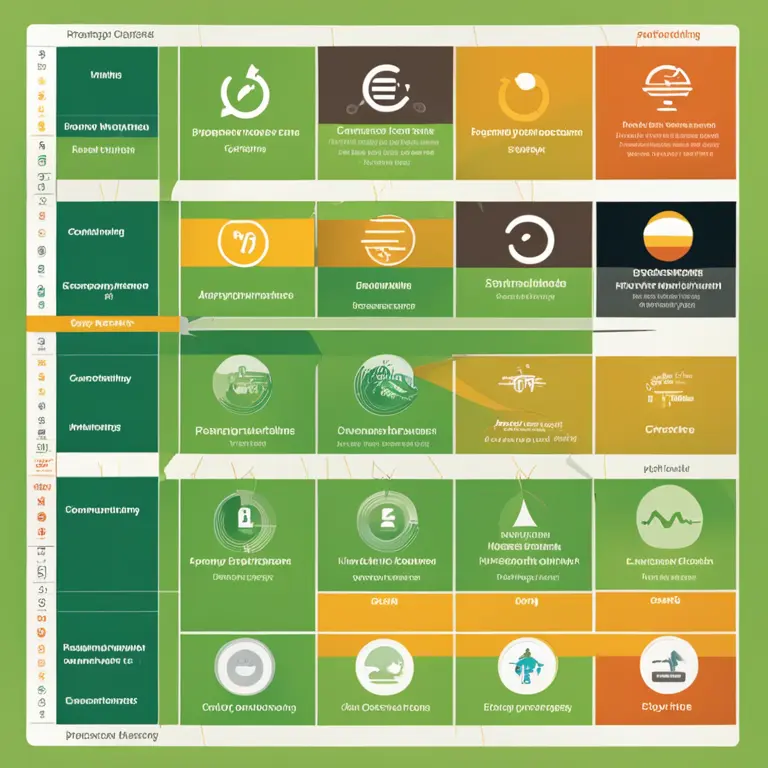
The Essence of Biorhythms: A Guide to Personal Cycles
Discover the meaning of biorhythms and how they influence our daily lives, productivity, and well-being in this insightful guide to personal cycles.
article by Adrian Wallace
The Basics of Biorhythms
Biorhythms are believed to be the invisible rhythms or cycles that govern human life. Originating from the Greek words 'bios' (life) and 'rhythmos' (regularly occurring movement or pattern), biorhythms represent the idea that our lives are influenced by rhythmic biological cycles. The concept surfaced in the early 20th century and has since intrigued many who seek insight into their personal well-being and performance. These cycles are traditionally divided into three primary types: physical, emotional, and intellectual, each with a distinct duration and impact on our daily functioning and capabilities.

Physical Biorhythm Cycle
The physical biorhythm cycle spans 23 days and is thought to influence one's energy levels, strength, coordination, and overall physical stamina. According to proponents of biorhythm theory, when this cycle is in a high phase, individuals may experience increased physical vitality and potentially improved health. Conversely, during a low phase of the physical cycle, one may feel less energetic and more susceptible to physical discomfort or injury. It is suggested that being mindful of this cycle can help in planning activities that require physical exertion or rest.

Emotional Biorhythm Cycle
With a period of 28 days, the emotional biorhythm cycle is believed to affect mood, creativity, and emotional stability. People might find themselves more empathetic, connected, and emotionally resilient during the high phase of this cycle. In contrast, the low phase might bring about feelings of emotional insensitivity or turbulence. Understanding the cycle's ebb and flow can lead to better emotional management and can facilitate more harmonious personal relationships.

Intellectual Biorhythm Cycle
The intellectual biorhythm cycle, completing its rotation every 33 days, is thought to influence cognitive functions such as analysis, logical thinking, and memory. When this cycle is at its peak, mental acuity is purportedly enhanced, making it an ideal time for problem-solving tasks, learning new skills, and making important decisions. In periods of low intellectual biorhythm, one might experience a decline in mental sharpness and find complex mental tasks more challenging.

Application of Biorhythm Theory
Despite skepticism from the scientific community regarding its empirical validation, biorhythm theory continues to captivate people's interest. Many use it as a tool for personal insight, planning, and decision-making. Tracking one's biorhythm may purportedly optimize task scheduling for favorable phases and exercise caution during critical days when cycles transition from high to low or vice versa. The surge in wearable tech and apps designed for biorhythm tracking indicates that, regardless of the controversy, public intrigue endures into 2024 and beyond.
Biorhythms in Modern Life
As we move further into the 21st century, the interplay between technology and wellness has given biorhythms a new lease of life. With smartphone apps and integrations with health tracking devices, individuals can now monitor their biorhythm cycles with ease. This piques curiosity about how daily life could be synchronized with personal cycles to potentially enhance productivity, mood, and overall health. While science may not fully endorse biorhythm theory, it remains a topic of interest for many seeking holistic approaches to self-improvement.
Published: 1/30/2024
Modified: 1/30/2024
More predictions
Come back here soon to learn more about yourself and your future


Between Biorhythm & Compatibility: Sync Your Cycles
Discover how biorhythm compatibility can impact relationships and find harmony by syncing your physical, emotional, and intellectual cycles.


The Rhythms Within: An Insight into Biorhythms
Discover the science and philosophy behind biorhythms, the cyclical patterns our bodies follow, in connection with our physical, emotional, and intellectual states.


Sync Your Cycles for Harmony With Biorhythms
Delve into the synchronization of personal biorhythms to enhance relationship compatibility and understand its role in fostering deeper connections.